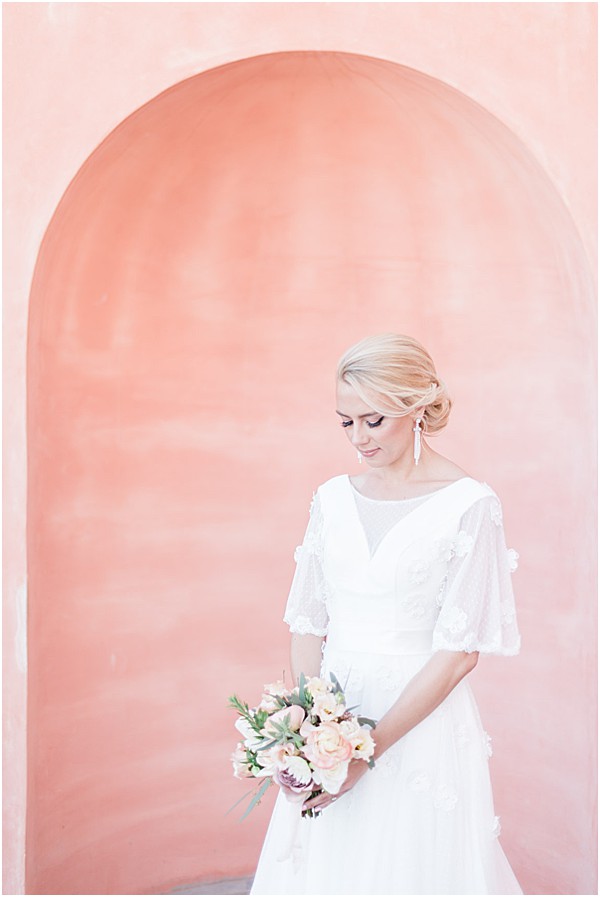Serena Williams meet polish brides and Senator Kamala Harris ‘ experiences as well as the 2010 Pew research center report that revealed that black women are the least likely group to wed people of different races are the subject of much discussion in interracial marriage. But what about the people who do n’t get in the limelight? According to study, pale men typically marry people from their own cultural history more frequently than white women do. Whether that’s because of classic family values, cultural differences or economic reasons, the happening appears to be popular.
Using survey microdata, this article examines how situational factors affect the likelihood of marriage using a county-level dataset from 1910. Prior research on marriage and emigration primarily focused on individual-level characteristics, but this study uses new data mail in wife to examine the impact of native relationship markets at a much lower levels of formation than was previously possible.
We discover that intermarriage had a significant impact on both the country of origin and the magnitude to which expat groupings had endogamous relationships. For instance, adult newcomers from Scandinavian and Norwegian nations were significantly more endogamous than those from Britain, and sexual newcomers dominican rizz from Italy, Austria, and Russia had fewer never-married people than those from Britain.

In addition, we find that migration increases the probability of a bright husband marrying a brown or black woman by 30 %, controlling for training, territory, group, and industrial mansion. This pattern, which is even stronger for white husbands who have completed grammar school, demonstrates how crucial educational attainment is to shaping interracial marriage patterns. These results support the idea that migration is a powerful force that changes how people choose their spouses and influences local marriage markets.